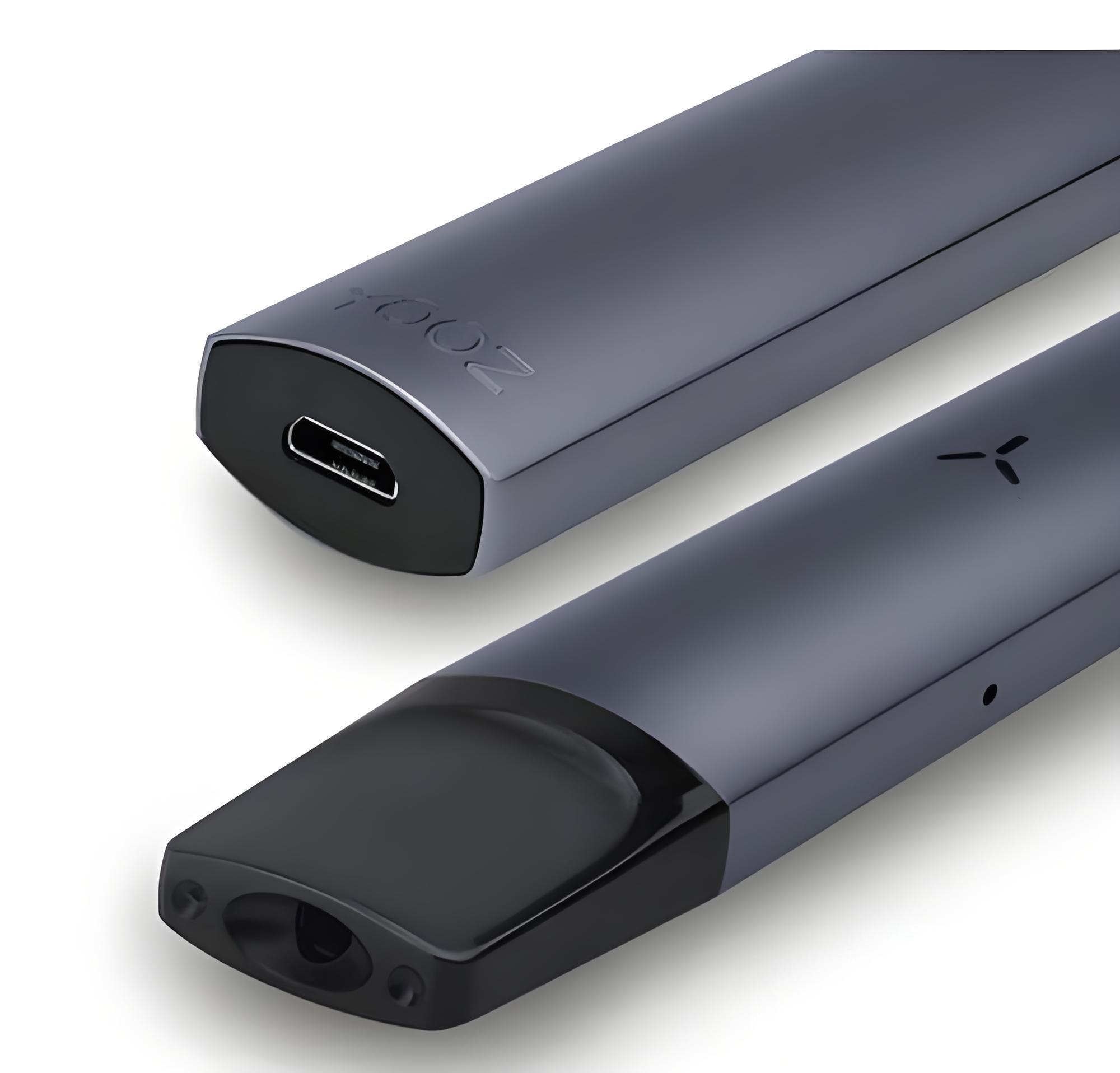A step-by-step guide for human hair wigs covering daily care, cleaning, styling, storage, and common pitfalls

1. Daily Wearing & Gentle Handling
- Putting on/taking off: Always hold the wig by its cap edges (not the hair strands) when positioning it on your head or removing it. If using wig clips or combs (built into the cap), fasten/unfasten them gently to avoid pulling the cap or hair.
- Avoid excessive touching: Refrain from constantly running your fingers through the wig, as natural oils from your hands can transfer to the hair and weigh it down over time.
- Minimize friction: When sitting, avoid resting the wig against rough fabrics (e.g., woolen scarves, coarse sweaters) that can cause tangles. If the wig shifts, adjust it by the cap, not the hair.
2. Regular Brushing & Detangling
- Tools to use:
- A wide-tooth comb (for wet hair or heavy tangles) to avoid pulling strands.
- A soft-bristle wig brush (or boar-bristle brush) for dry hair—its gentle bristles smooth the hair without causing static or breakage.
- Avoid plastic brushes (they create static) or fine-tooth combs (they can snag and break hair).
- Brushing technique:
- Start from the ends of the hair (not the roots) and work upward slowly—this prevents tangles from “traveling” up the strand and causing breakage.
- For long wigs, section the hair into 2–3 parts (e.g., top, middle, bottom) to brush more thoroughly without overwhelming the wig.
- If you encounter a tight knot, hold the hair above the knot (to reduce tension on the cap) and gently tease it apart with a wide-tooth comb—never yank.
3. Washing: Frequency & Step-by-Step Process
- How often to wash:
- If worn daily: Every 7–10 days.
- If worn occasionally (1–2 times/week): Every 2–3 weeks.
- If exposed to heavy humidity, sweat, or styling products: Wash sooner (these can build up and make hair dull).
- Supplies needed:
- Sulfate-free, paraben-free shampoo (sulfates dry out human hair and damage the wig cap).
- Hydrating conditioner (avoid heavy, oil-based formulas that weigh hair down).
- A clean, soft towel (microfiber towels are ideal—they reduce friction).
- A wig stand or mannequin head (to air-dry the wig in shape).
- Washing steps:
- Pre-brush: Gently detangle the wig with a wide-tooth comb before washing—wet hair is more fragile, and tangles will worsen if not removed first.
- Prepare water: Fill a basin or sink with lukewarm water (30–40°C/86–104°F)—hot water damages the hair cuticle and fades color, while cold water won’t lather shampoo properly.
- Shampoo gently: Add a small amount of shampoo (1–2 teaspoons) to the water and swish to mix. Submerge the wig cap-side down (so the hair hangs freely) and gently squeeze the cap and hair—do NOT rub, twist, or scrub (this causes tangling and cap damage). Let it soak for 3–5 minutes.
- Rinse thoroughly: Rinse the wig under lukewarm running water (again, cap-side down) until all shampoo is removed—residue causes dullness and itchiness.
- Condition (optional but recommended): Apply a small amount of conditioner to the mid-lengths and ends (avoid the cap and roots—conditioner can loosen the knots that hold hair to the cap). Let it sit for 2–3 minutes, then rinse thoroughly with lukewarm water.
- Dry gently: Pat the wig with a soft towel to remove excess water—do NOT wring or twist (this stretches the hair and cap). Avoid rubbing the hair against the towel (use blotting motions instead).
4. Drying: Air-Dry is Best
- Shape while drying: Place the damp wig on a wig stand or mannequin head (adjust the size to match your head circumference so the cap doesn’t stretch). Gently arrange the hair (e.g., smooth the top, shape the ends) to help it dry in its natural style.
- Avoid direct heat/sunlight: Do not dry the wig near heaters, hair dryers, or in direct sunlight—heat causes the hair to become brittle, and sunlight fades color.
- Speed up (if needed): If you’re in a hurry, use a hair dryer on the cool setting and hold it 30–40cm (12–16 inches) away from the hair. Keep the dryer moving to avoid concentrating heat on one area.
5. Styling: Safe Practices for Heat & Products
- Heat protection first: Always apply a heat protectant spray (designed for human hair) to the wig before using hot tools—this creates a barrier against heat damage.
- Control the temperature: Set heat tools to 180–200°C (350–390°F) maximum. Higher temperatures (e.g., above 230°C/450°F) will burn or melt the hair cuticle, leading to permanent damage.
- Avoid frequent heat styling: Limit heat use to 1–2 times per week. For daily styling, use heat-free methods (e.g., foam rollers for curls, hair oil for smoothness).
- Choose gentle products: Use lightweight, water-based styling products (e.g., mousse, hairspray) instead of oil-based ones (e.g., pomades, heavy serums)—oil builds up quickly and is hard to wash out, making the wig look greasy.
6. Storage: Keep It Shape & Dust-Free
- Short-term storage (1–2 days): Place the wig on a wig stand or mannequin head to maintain its shape. Cover it with a breathable wig cap or a clean, loose cloth to keep out dust.
- Long-term storage (weeks/months):
- Wash and fully dry the wig first (storing damp hair causes mold or mildew).
- Brush it gently to remove tangles.
- Place it in a breathable storage bag (e.g., a cotton pillowcase or a specialized wig storage bag)—avoid plastic bags (they trap moisture).
- Store the bag in a cool, dry place (e.g., a closet shelf)—avoid humid areas (like bathrooms) or direct sunlight.
7. Common Mistakes to Avoid
- Using regular hair products: Shampoos, conditioners, or styling products with sulfates, alcohol, or harsh chemicals will dry out the wig and shorten its lifespan. Always choose products labeled “safe for human hair wigs.”
- Sleeping in the wig: Friction from pillows and movement during sleep causes severe tangling, breakage, and cap damage. Remove the wig before bed.
- Coloring or bleaching at home: Human hair wigs can be dyed, but this requires expertise—home dye jobs often result in uneven color, damage, or fading. If you want to change the color, take the wig to a professional stylist who specializes in wig care.
Categorieën
Read More
The Methanol Market was valued at approximately USD 73.8 billion in 2024 and is expected to grow at a substantial CAGR of around 10.3% during the forecast period (2025-2033), A comprehensive overview of the global methanol market is recently added by UnivDatos to its humongous database. The report has been aggregated by collecting informative data from various dynamics such as market drivers,...

"Executive Summary Electronic Skin Market : CAGR Value Global electronic skin market size was valued at USD 2.33 billion in 2024 and is projected to reach USD 32.30 billion by 2032, with a CAGR of 38.90% during the forecast period of 2025 to 2032. The base year for calculation in Electronic Skin Market business report is taken while the historic year which will tell how the...

在台灣電子菸市場蓬勃發展的今天,越來越多人選擇電子菸作為傳統香菸的健康替代品。電子菸不僅能提供類似抽菸的滿足感,還能減少焦油和尼古丁的危害,讓使用者在享受風味的同時,更注重健康與便利。特別是SHAXIAO電子煙品牌,以其創新設計和優質口感,迅速成為台灣電子菸愛好者的首選。 其中,梟客系列產品如SHAXIAO 一次性電子菸和梟客6代主機,更是引領潮流。今天,我們就來深入探討梟客6代主機,這款集三檔可調節、可通用五代六代煙彈、智能兒童鎖於一身的台灣現貨電子煙,讓您了解為何它能成為殺小主機的代表作。 首先,讓我們從SHAXIAO電子煙的品牌背景說起。SHAXIAO作為台灣電子菸市場的新星,專注於提供高品質、易攜帶的電子菸產品。SHAXIAO...

"Executive Summary Middle East and Africa Respiratory Protection Market : Data Bridge Market Research analyses that the Middle East and Africa respiratory protection market which was USD 659.59 million in 2022, is expected to reach USD 1,358.85 million by 2030, growing at a CAGR of 9.5% during the forecast period of 2023 to 2030. In addition to the market insights such as market...

Men’s Jewelry: A Guide to Style, Elegance, and Self-Expression Jewelry has long been considered a form of self-expression, but for years, it was mostly associated with women. Today, men’s jewelry has evolved into a global trend that blends tradition, modern fashion, and personal identity. From classic gold chains to bold statement rings, men now have an endless array of jewelry...



